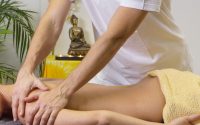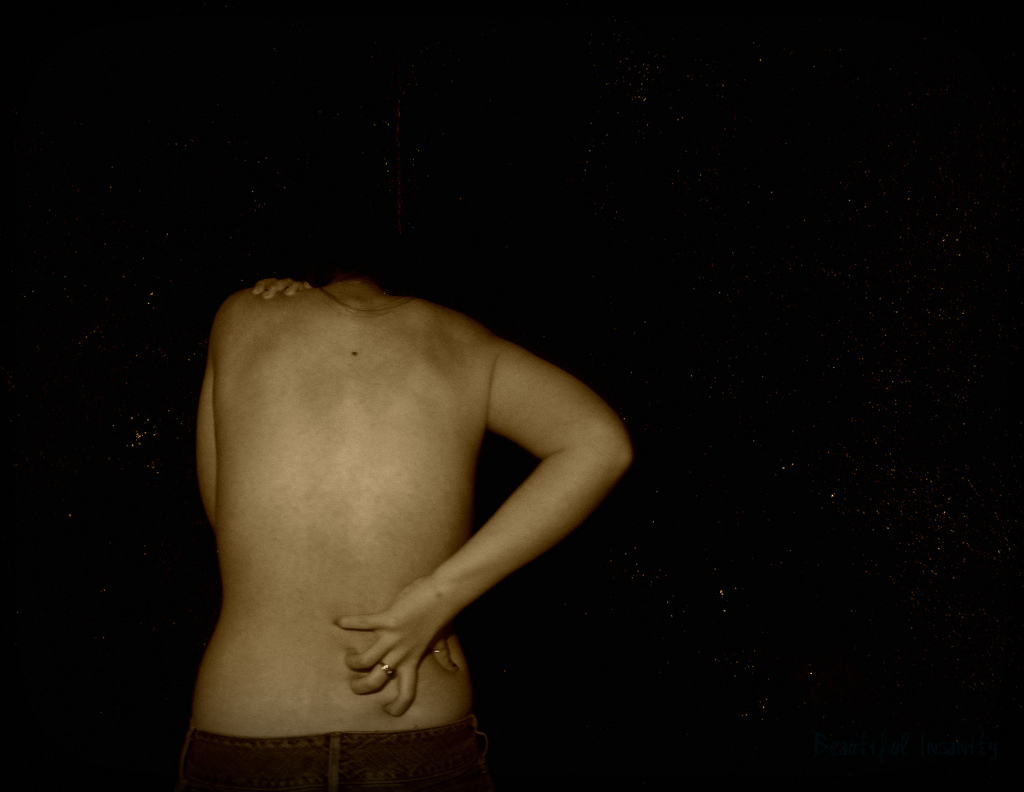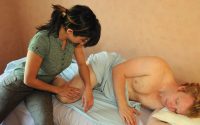Influence of Therapist Position and Technique Variables on the Effectiveness of Myofascial Induction Therapy: Insights from the Crossed Hands Technique
The Crossed Hands Technique, a specific method within myofascial release or mtofascial induction technique, is often emphasized in training for its focus on traction, compressive force, application duration, and the therapist’s posture during the procedure. However, this study is the first to comprehensively examine the full range of variables that can influence the technique’s effectiveness, including intrinsic patient factors and environmental conditions. The study sought to explore the effects of the technique on fascial stiffness and pelvic mobility, while also analyzing the key factors that influence these outcomes.
The quasi-experimental study involved 15 physiotherapists trained in myofascial induction and 15 healthy individuals. Various environmental factors (such as ambient temperature and stretcher dimensions), patient characteristics (such as body mass index, lumbopelvic mobility, and fascial stiffness), and physiotherapist techniques (including pressure, traction, and hand temperature) were assessed during the application of the Crossed Hands Technique over a 5-minute period.
The study found that the application of the technique led to a 4-degree increase in pelvic mobility, consistent with previous research demonstrating improvements in mobility following MFR. However, changes in fascial stiffness, measured by durometry, were minimal and did not reach statistical significance. This finding may be related to the small sample size, the variability among physiotherapists, and the limitations of durometry as a measurement tool. The study also observed that patients with higher amounts of adipose tissue exhibited lower tissue response, aligning with previous research that suggests tissue composition can influence the effectiveness of MFR.
The analysis of the traction force applied during the technique revealed an evolutionary pattern over the 5-minute period, with gradual increases from 0.3 to 0.8 Newtons. This suggests that physiotherapists adjusted their technique in response to tissue feedback, which emphasize manual tissue remodeling based on the inherent response of the fascia. Similarly, the compressive force applied by physiotherapists showed a gradual decrease over the course of the procedure, likely due to factors such as muscle fatigue and the need to maintain consistent tension as the tissue adapted to the applied stimuli.
The study also examined the position and movements of the therapists during the application of the Crossed Hands Technique. Therapists were observed to have an average shoulder flexion of 40 degrees and bilateral elbow flexion of 18 degrees during the technique. Over the course of the 5-minute application, there was a gradual decrease in the compressive force applied, which could be attributed to the therapist’s need to adjust their posture to maintain consistent pressure and traction. This decrease may also result from muscle fatigue as the therapists sustained the technique over time, impacting the intensity of the force they could apply.
Moreover, the study found that specific therapist actions, such as hand temperature, right shoulder internal rotation, right foot abduction, and the opening of the fourth finger, were significantly correlated with changes in tissue stiffness. These correlations suggest that the therapists’ body mechanics and positioning during the technique are crucial for optimizing the outcomes of MFR.
In conclusion, this study highlights the complex interplay of variables that influence the effectiveness of the Crossed Hands Technique in Myofascial Induction Therapy. While the technique can enhance pelvic mobility, its impact on fascial stiffness remains limited, potentially due to the variability in application and measurement methods. The findings underscore the need for further research to standardize the technique and improve its reproducibility, ensuring more consistent outcomes in clinical practice.


